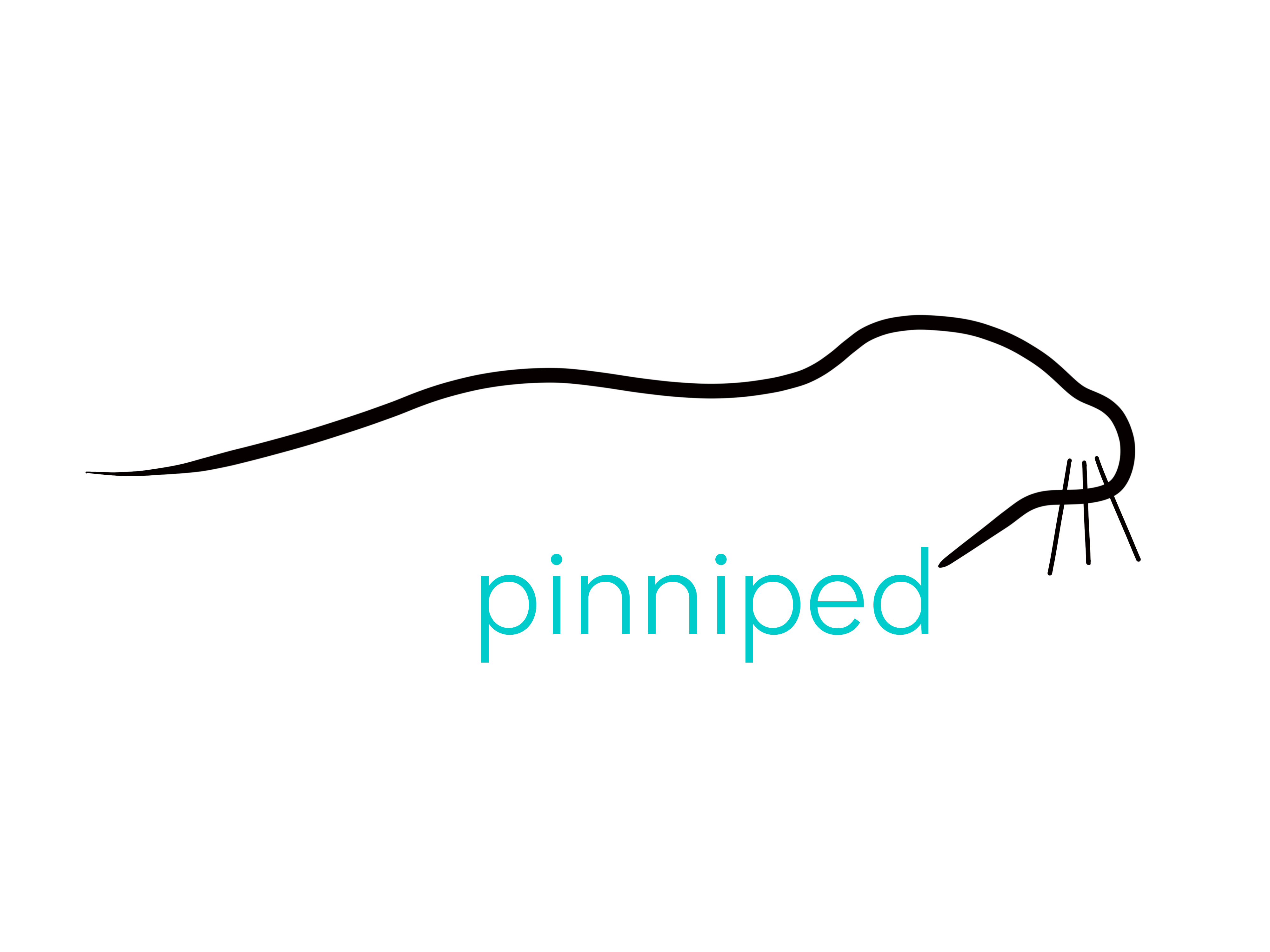This week’s seal species is another that in the UK we are fortunate enough to have a stronghold (and growing population!) of. The British Isles supports around half of the world’s population of Northeast Atlantic Grey Seals (Halichoerus grypus grypus) and they are regularly encountered on beaches and rocky shorelines around the islands. With increasing human populations, and growing interest in outdoor pursuits, people and wild animals are coming into contact more and more regularly, and the trend of snapping pictures for social media has further pushed these boundaries. Around the UK in recent years, encounters with Grey Seals have been on the rise, and while it’s a wonderful experience to see these animals hauled out with their fluffy, white-coated youngsters, it can also be damaging to get too close. We didn’t think it would be right to celebrate these beautiful creatures this week without including a reminder to stay back and keep your distance from mothers with pups. Aside from the fact that seals are wild animals with sharp teeth and strong jaws, who will move very fast and even attack if feeling threatened, approaching a baby seal can be detrimental to the seal as well. The presence and smell of a human being on a pup may mean a mother will abandon it, and as they are entirely reliant on suckling milk at this age, they will then starve to death. Being aware of this around breeding colonies is a good idea, and remember that a mother and baby need their space. A selfie is never worth it for the life of an animal.
But despite all this, they are a wonderful species that we are lucky to be able to sight so easily, so read on for some of the facts! H. grypus, like the Harbour Seal, are a true seal, with no visible ear flaps. Despite the name, Grey Seals are not always grey, and can also be silvery, yellowish or brownish red. Literally translated, their name means hook-nosed sea pig!
With an estimated population of around 600, 000 individuals, the Grey Seal is found on both sides of the Atlantic, in two separate subpopulations. They are a medium to large true seal (males up to 2.6 m long/ 400 kg, females up to 2 m long/ 250 kg) with a fairly distinctive ‘Roman’ nose that makes them resemble dogs. Each individual is recognisable by the distinct markings on their coat, and the pups have a white fluffy coat, or lanugo, for 2-3 weeks after birth.
Grey Seals are a playful species that has been known to interact with swimmers and divers underwater, particularly intrigued by the bubbles created by scuba gear! However, males can also be aggressive when defending breeding territories. Recent evidence has found that they predate on Harbour Porpoises and Ocean Sunfish, and they regularly come into conflict with fishermen because of a tendency to steal fish from nets.
To read more about the Grey Seal, go to www.pinniped.org/ front-page/pinnipedia/grey-seal or click on the link in the pinnipedia! We hope you enjoyed learning more about one of our favourite flippered friends this #sealsunday!
Previous articleSeals of the world, part 1: The Harbour SealNext article Seals of the world, part 3: The Northern Elephant Seal

